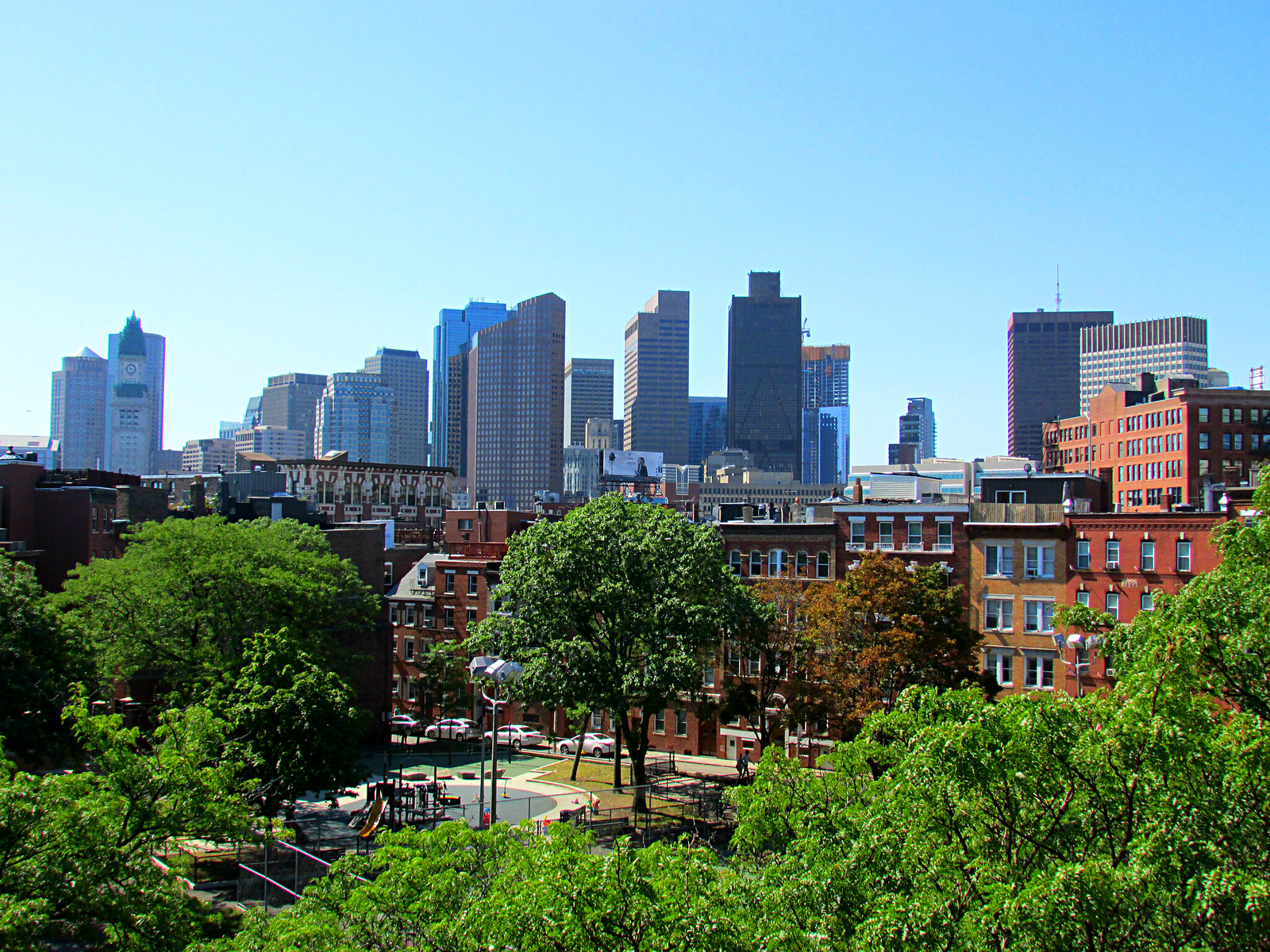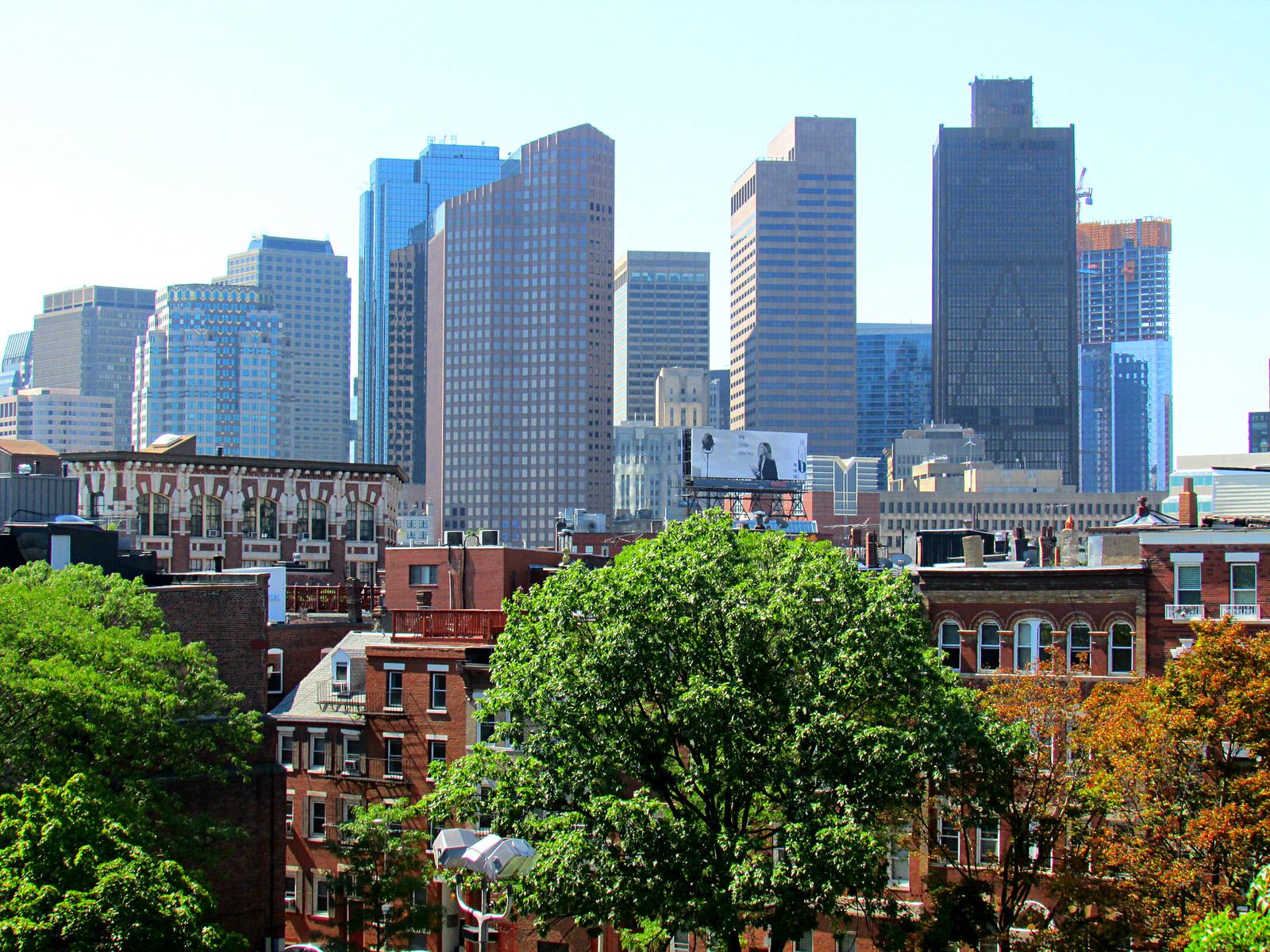I was curious to know the history of this garage, it seems oddly wedged into the North End. I was guessing it resulted from a tentacle of the BRA's tear-down mania of the 60s that reached a bit farther afield from Govt Center and West End. Nope, wrong. According to Wikipedia it dates from the 1920s. It was also the site of the Great Brinks Robbery in 1950, if Wikipedia is to be believed (never a certain thing). It's on the National Register of Historic Places, per Wiki.
Anyhow, to your question,
How has this not been developed yet?
the pedantic answer is, it has been developed, into a garage, in the 20s. OK, OK, sorry, I understand very well you mean why isn't it being developed to something bigger / grander. If the owner(s) is (are) happy with the cash flow, the answer is very simple: the owner doesn't want to sell. That's not a pedantic or snarky answer. Happens all the time, owners do things with buildings that some of us perceive as nutty. (There's a former Barnes and Nobles space on Washington street near my office that has sat empty for an idiotic length of time, e.g.) They're allowed to do so. You're allowed to think they're nuts.
What type of development could we see here? Another Merano/Victor/Avenir?
That seems highly unlikely, given the height of buildings across the street in most directions. This parcel might not be way deep inside the fabric of the traditional North End, but it's not in former Big Dig land either.
Remember that back in the day, the BRA wanted to do to the North End what they did to the West End and Scollay Sq. I can be impatient with NIMBYs like many others here at aB, but in places like the North End, NIMBYism is informed by an exceptionally contentious history. I'm guessing trying to go big with this parcel would be a case where the whole West End nightmare would get thrown in any developer's face, and might well get a sympathetic hearing at the BRA. Maybe with me, too: I don't believe we need to go tall(er) everywhere.




